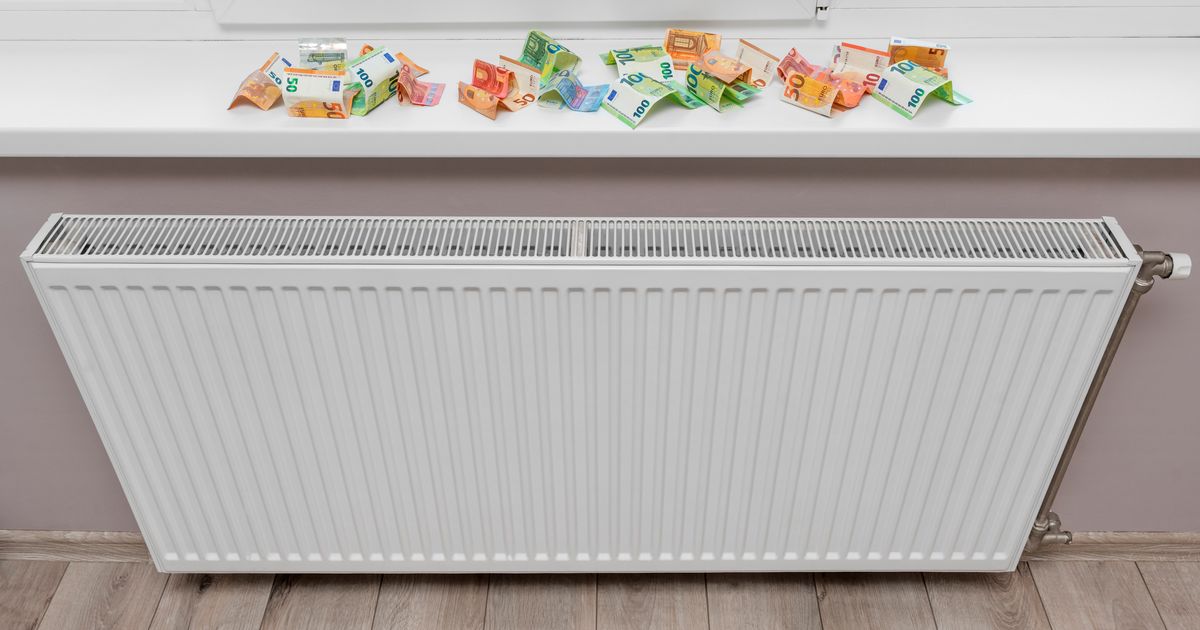By Cathal Ryan
Copyright irishmirror

As the days get shorter and the weather begins to cool, many households face the perennial question of when to turn on the heating for winter.
While there is no single “exact date” that applies to everyone, many experts point to the middle of October as the unofficial start of the heating season. However, deciding when to fire up your boiler is just one part of a bigger plan to stay warm and save money this winter.
Thankfully, heating expert Matthew Jenkins at MyJobQuote has some essential tips on how to prepare your home and your heating system to ensure you remain warm and comfortable throughout the colder months.
What date should you turn your heating on in autumn?
There is no single “exact date” for turning on your heating in Ireland, as it depends on a few key factors:
Your personal comfort: The most important factor is when you and your household start to feel cold. The World Health Organisation recommends an indoor temperature between 18C and 21C for a healthy living environment.
The weather: The decision is usually driven by a consistent drop in outside temperature. Many people find it’s time to switch on the heating when the average daily outdoor temperature falls below 15C.
While there’s no single official date that works for everyone, it is widely recognised that the middle of October is the recommended time to turn on your heating.
Ultimately, the best time to turn on your heating is when you need it. Before you do, consider a test run by switching it on for a short period to ensure everything is working correctly, as this can help you spot and fix any issues before the really cold weather arrives.
The ideal time to turn your heating on
There is no one-size-fits-all when it comes to determining the right time to turn on your heating. However, there are some guidelines that you can follow to get the best out of your heating and to save money.
Take a look at the routines below for the best results:
Morning Routine
Pre-heating – Turning your heating on 30 – 60 minutes before you wake up can create a warm and inviting atmosphere. This allows your home to reach a comfortable temperature by the time you’re ready to get out of bed. Temperature setting – Aim for a temperature between 18C – 21C. Higher temperatures may not provide significant additional comfort but can lead to significantly increased energy consumption and, therefore, higher bills.
Daytime heating
Off-peak hours – If you have a smart meter or a time-of-use tariff, consider scheduling your heating to run during off-peak hours when the electricity prices are lower. Targeted heating – Instead of heating the entire house, focus on the rooms that you use the most frequently. Use room thermostats or radiator valves to control the temperature in specific areas. Natural heat sources – Make the most of natural heat sources, such as sunlight, where possible. Open your curtains during the day and allow warmth to enter your home.
Evening comfort
Pre-bedtime warmth – Turn your heating on an hour or so before bedtime to create a cosy atmosphere. Night-time temperature – Lower the temperature of your home to around 16C – 18C during the night. This can help you sleep better and reduce energy consumption.
What is the ideal temperature for a house?
It’s recommended that you set your thermostat to somewhere between 18C – 21C in the winter months. 18C is the optimal temperature for people who are healthy and well-dressed.
It’s best to heat your home based on the health and age of your household. If there are elderly people, young people, or people who are unwell, it is recommended that you set your thermostat to 20C.
If you have a newborn baby in the home, it’s best to heat the room to somewhere between 16C and 20C. This is because of the risk of sudden infant death syndrome – a condition which has higher risks if a baby is too hot.
The ideal sleeping temperature is 18C. This will allow for a healthy and restful sleep.
Health considerations and indoor temperatures
Maintaining a comfortable temperature inside your home is not only about energy efficiency, but it is also about your health and well-being. Exposure to extreme temperatures, whether you are too hot or too cold, can have significant health implications. Below is an overview of how temperature can affect certain areas of your health:
Respiratory health
Cold, dry air can irritate your respiratory system, which can then lead to symptoms such as coughing, sneezing, and congestion. People with existing respiratory conditions like asthma or allergies may be particularly susceptible to these effects.
Immune system
Lower temperatures can weaken your immune system, making you more susceptible to things like colds, flu, and other infections. Maintaining a comfortable indoor temperature can help boost your immune system and protect you from illness.
Cardiovascular health
Exposure to extremely cold temperatures can put a strain on your cardiovascular system. This is especially true for individuals with heart conditions. Maintaining a comfortable indoor temperature can help reduce the risk of heart-related problems.
Muscle and joint pain
Cold temperatures can make conditions like arthritis and muscle pain much worse. By maintaining a warm indoor environment, you can alleviate discomfort and improve your overall quality of life.
Mental health
A comfortable indoor temperature can also positively impact your mental health. Some studies have shown that exposure to colder temperatures can lead to increased feelings of anxiety, stress and depression. By maintaining a warm and cosy environment in your home, you can improve your mood and your overall well-being.
Subscribe to our newsletter for the latest news from the Irish Mirror direct to your inbox: Sign up here.



